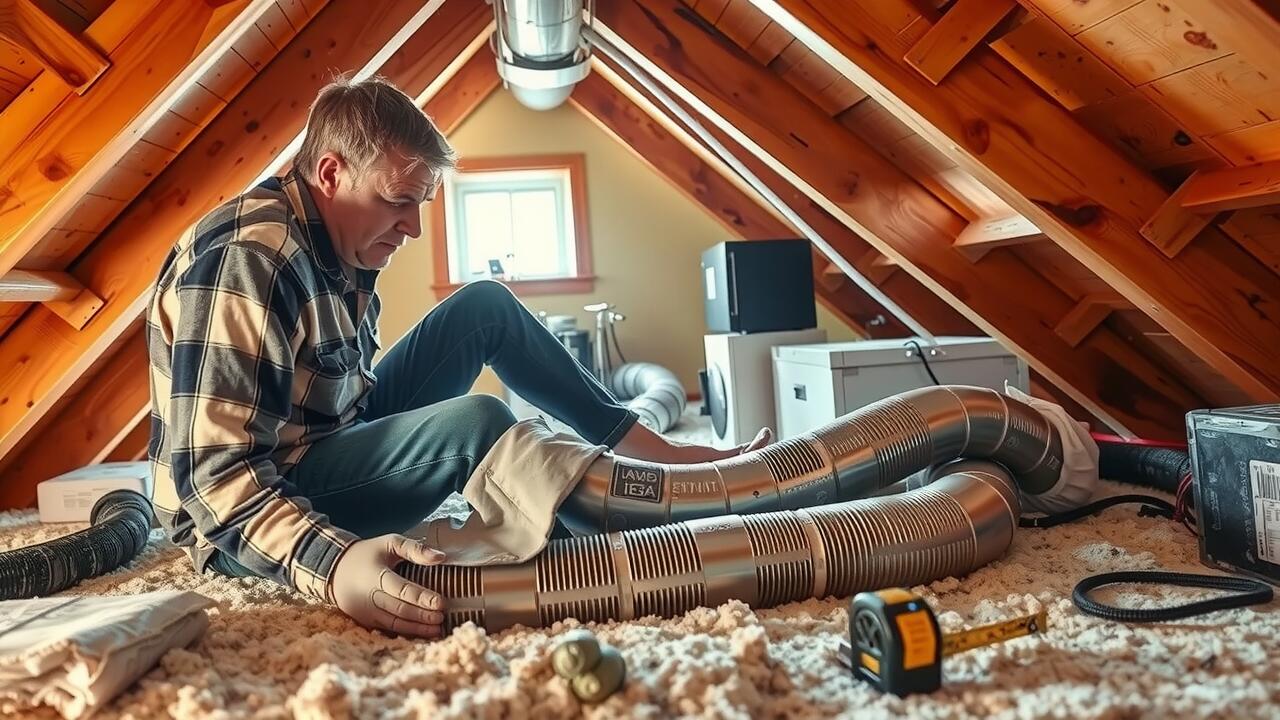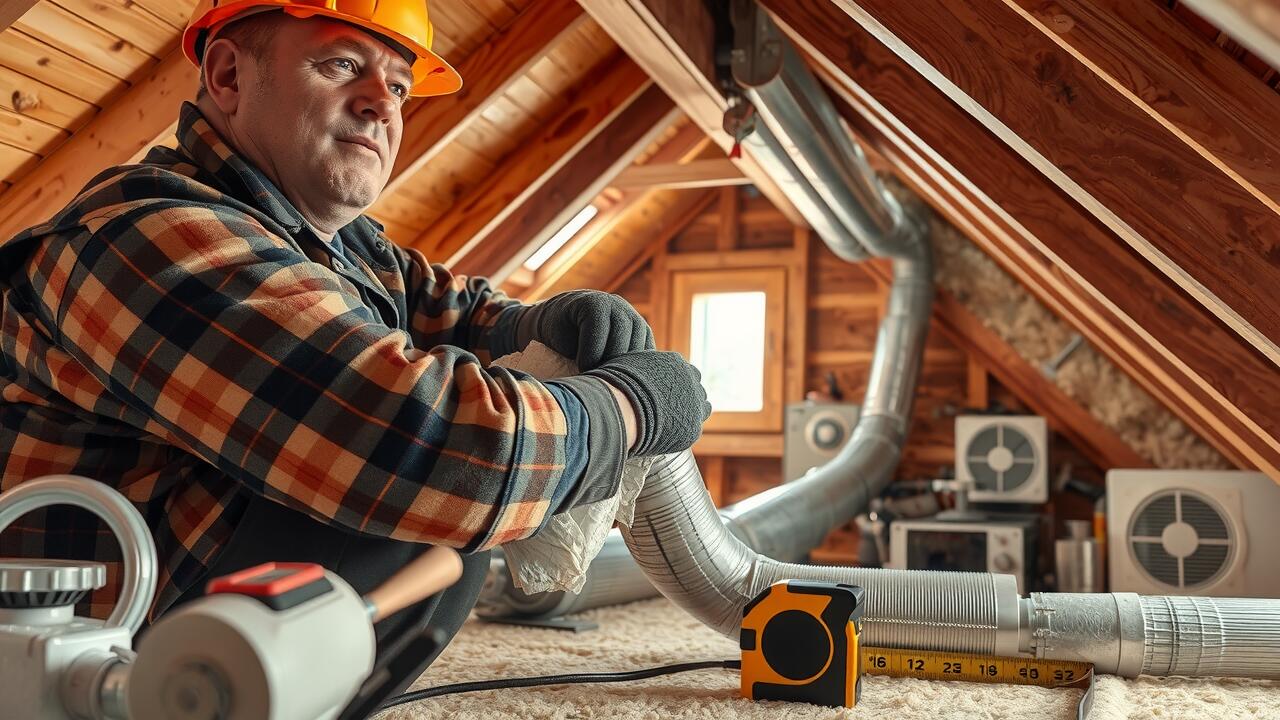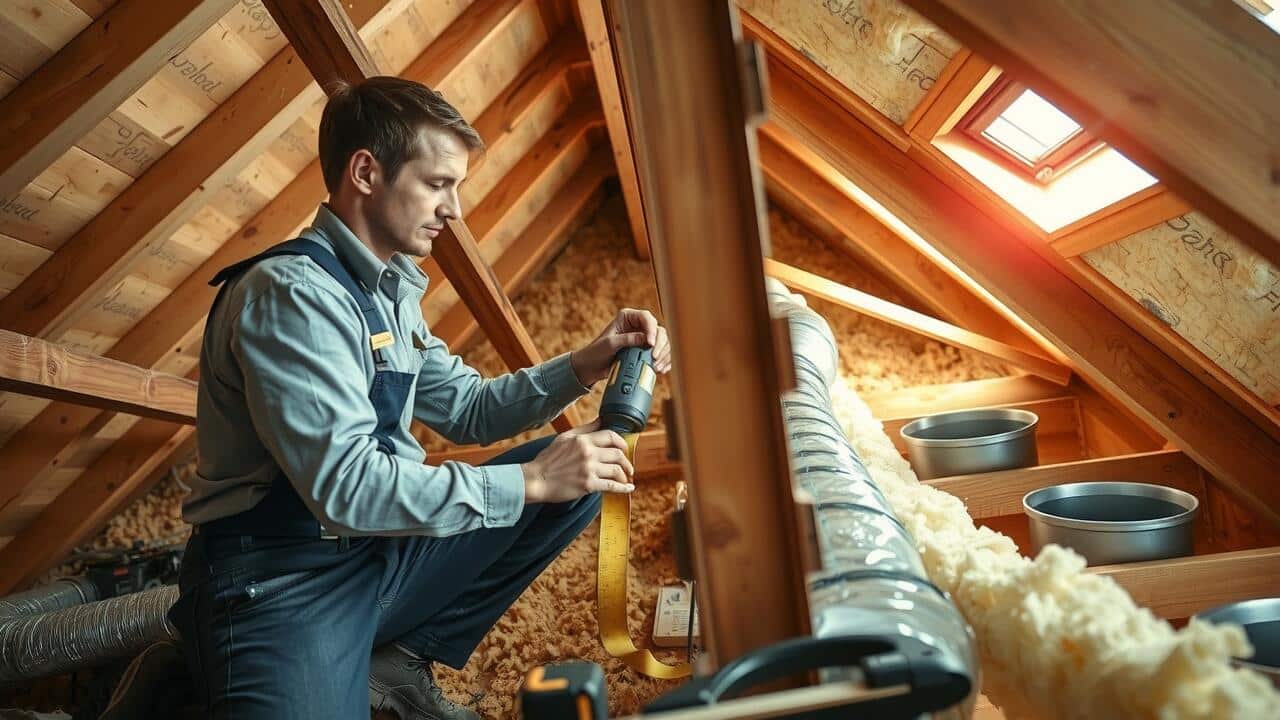
At One Step Air Duct Cleaning San Antonio, we understand the importance of maintaining energy efficiency and indoor air quality in your home. Our Air Duct Insulation service is designed to help you optimize your HVAC system’s performance by preventing heat loss and minimizing energy consumption. Our skilled technicians meticulously assess your air ducts and install high-quality insulation materials that meet industry standards. This not only enhances the efficiency of your heating and cooling systems but also contributes to a more comfortable living environment by reducing noise and preventing condensation buildup. Trust One Step Air Duct Cleaning San Antonio to provide you with exceptional service that keeps your home comfortable year-round while saving you money on energy costs.
Cost Considerations for Duct Insulation
When evaluating the expense associated with duct insulation, it’s essential to consider the various materials available and their respective costs. Insulation options vary widely, with choices including spray foam insulation, fiberglass blankets, and reflective radiant barriers. Each material influences the overall price based on factors such as density, ease of installation, and long-term durability. Investing in high-quality insulation, like Owens Corning or Johns Manville products, may lead to greater initial costs but can yield significant energy savings over time.
Installation costs also play a crucial role in the total investment. Homeowners should weigh the benefits of DIY methods against the expertise of professional installation. While DIY can save money upfront, improper installation may lead to issues, such as air leaks and increased energy consumption. For complicated ductwork layouts, hiring an HVAC contractor is often necessary. Quality installation ensures efficiency, reduces temperature fluctuations, and minimizes condensation, ultimately supporting the longevity and effectiveness of the HVAC system.
Understanding Long-Term Savings
Investing in air duct insulation can lead to substantial long-term savings on heating and cooling costs. When ducts are properly insulated, they maintain the temperature of conditioned air as it travels through the system. This reduces the workload on HVAC units, leading to less frequent repairs and a longer lifespan for equipment. Well-insulated ducts also decrease the chances of mold growth and corrosion under insulation, which can be costly issues down the line.
Proper insulation also improves energy efficiency by minimizing heat loss in the winter and heat gain in the summer. Homeowners may see significant reductions in their monthly utility bills as a result. Using materials like fiberglass or spray foam can enhance thermal performance due to their low thermal conductivity. Over time, these savings can help offset initial installation costs, making insulation not just an added comfort but also a financially sound choice.
Maintenance of Insulated Ducts
Proper maintenance of insulated ducts is crucial for ensuring optimal performance and energy efficiency. Regular inspections can help identify signs of wear and tear, such as cracked membranes or compromised insulation materials like fiberglass and wool. Addressing these issues promptly can prevent leaks that lead to energy loss and degraded indoor air quality. Consider using tools like utility knives and spray guns for minor repairs. Investing time in routine checks maintains the integrity of the insulation and extends the lifespan of the entire duct system.
Cleaning is another vital aspect of maintaining insulated ducts. Dust and debris accumulation can affect air quality and the overall efficiency of your climate control system. Regularly scheduled cleanings help reduce the presence of bacteria and allergens that can thrive in less ventilated areas like crawl spaces. For best results, use appropriate methods that conform to safety standards, ensuring the chosen insulation materials remain intact and functional. Keeping the ducts clear and well-maintained minimizes maintenance costs, ultimately ensuring a healthier indoor environment.
Regular Inspections and Care Tips
Maintaining insulated ducts is essential for ensuring an efficient ventilation system. Regular inspections can help identify issues such as leaks, deposits of dust or moisture, and potential mildew growth. Not only do these problems affect indoor air quality, but they can also hinder the energy efficiency of heating and cooling systems. Many insulation materials, including faced insulation and rockwool, require specific care to maintain their thermal resistance properties. Inspecting areas like crawl spaces and HVAC ducts every six months can prevent bigger problems down the line.
Care tips for insulated ducts involve ensuring they remain clean and dry. During inspections, check for any signs of wear or damage to the insulation material that could allow heat transfer. Sealing gaps or replacing compromised insulation helps mitigate energy loss. Homeowners should also inspect for the proper installation of thermal barriers around joints and connections. Keeping the ducts clean from dust and debris enhances airflow and improves the overall performance of the HVAC unit. Regular duct cleaning should be incorporated to further conserve energy and maintain a healthy indoor environment.
DIY vs. Professional Installation
When it comes to duct insulation, homeowners often face the choice between tackling the project themselves or hiring a professional. DIY installation can save money upfront and provides a sense of accomplishment. However, it requires a solid understanding of materials such as fiberglass insulation and spray foam, as well as a clear grasp of local building codes. Proper installation is essential to prevent issues like energy wastage and condensation, which can lead to mold growth and water damage. The available insulation options, ranging from blanket insulation to rigid foam like XPS, necessitate skill in handling and applying the right materials effectively.
On the other hand, opting for professional installation brings expertise and reliability into the equation. HVAC contractors have the training to ensure that the insulation is applied properly, addressing potential leaks and optimizing the efficiency of the heating and cooling systems. They can also recommend insulation types based on specific environments, which may extend beyond typical fiberglass options to include advanced composites and thermoplastics. For those uncertain about their own abilities, especially with regard to complicated pipelines and sealing techniques, hiring a professional can reduce stress and ensure that the home remains comfortable and energy-efficient.
When to Hire an HVAC Contractor
Determining when to hire an HVAC contractor for duct insulation can significantly impact both the efficiency of your home’s heating and cooling system and the overall investment. If you’re contemplating a complex installation involving various materials—such as polyethylene, polyisocyanurate, or even innovative options like wool insulation—an experienced professional can provide valuable guidance. A contractor can assess the specific requirements of your system, which may include accommodating features like radiant heat or forced-air systems, and ensure proper handling of materials such as aluminum foil or flexible plastic to achieve optimal insulation.
DIY projects can often seem appealing for their potential cost savings; however, there are instances where the expertise of a contractor is indispensable. Issues such as ensuring proper sealing to prevent vapor infiltration, managing moisture to avoid mold growth, or understanding local building codes for ventilation are critical factors that require professional knowledge. Additionally, certified HVAC technicians possess the tools and skills to mitigate risks associated with hazardous materials, such as radon or VOC emissions, which can be crucial for maintaining air quality in your home.
FAQS
What is air duct insulation?
Air duct insulation involves adding insulating materials around ductwork to reduce heat loss or gain, improve energy efficiency, and maintain consistent indoor temperatures.
How much does duct insulation typically cost?
The cost of duct insulation can vary based on factors such as the type of insulation used, the size of the ductwork, and labor costs, but it generally ranges from $1 to $3 per linear foot.
What are the long-term savings associated with insulating air ducts?
Insulated air ducts can lead to significant long-term savings on energy bills by improving HVAC efficiency, reducing energy consumption, and maintaining comfortable indoor temperatures.
How often should insulated ducts be inspected?
It is recommended to inspect insulated ducts at least once a year as part of routine HVAC maintenance to ensure they remain in good condition and to address any potential issues early.
Can I install duct insulation myself, or should I hire a professional?
While some homeowners may opt for DIY installation, hiring a professional HVAC contractor is advisable for optimal results, especially for larger or more complex systems.


